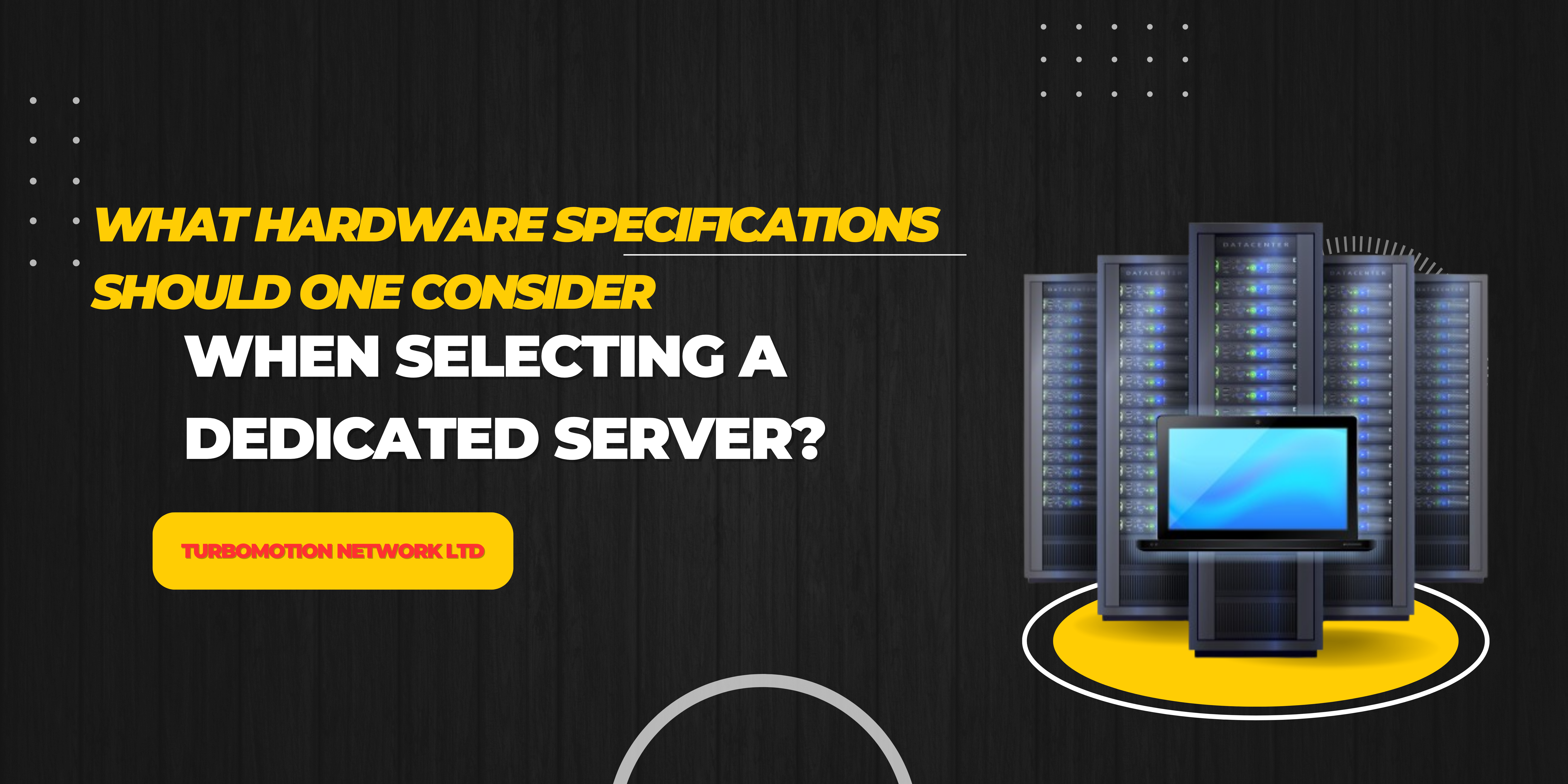
What hardware specifications should one consider when selecting a dedicated server?
When selecting a dedicated server, several hardware specifications should be considered to ensure the server meets your performance, reliability, and scalability requirements. Here are the key hardware specifications to evaluate
1. Processor (CPU)
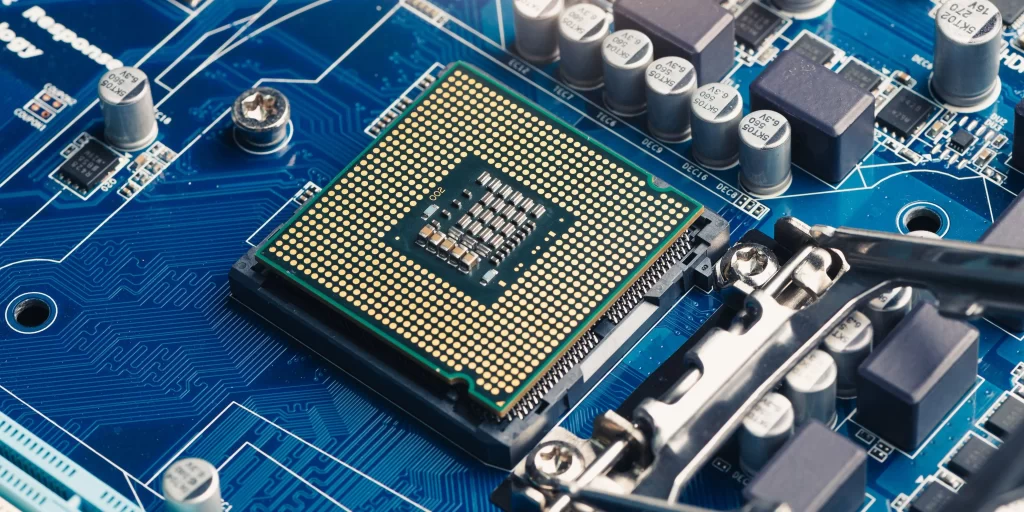
- Number of Cores and Threads: More cores and threads allow for better multitasking and parallel processing. Choose a CPU that matches your workload, whether it’s for general web hosting, database management, or intensive computational tasks.
- Clock Speed: Higher clock speeds can improve the performance of single-threaded applications.
- Processor Family: Choose between consumer-grade (e.g., Intel Core, AMD Ryzen) and server-grade processors (e.g., Intel Xeon, AMD EPYC) based on your performance needs and budget.
2. Memory (RAM)
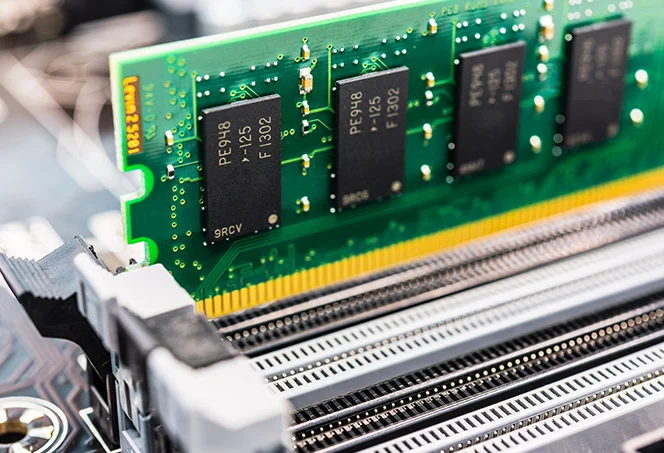
- Capacity: More RAM allows for better performance, especially for applications with high memory usage like databases and virtualization. Typical ranges are from 8GB to several TBs for enterprise applications.
- Speed: Faster RAM can improve overall system performance. DDR4 and DDR5 are current standards.
- ECC vs. Non-ECC: ECC (Error-Correcting Code) RAM is preferable for servers as it can detect and correct data corruption, enhancing reliability.
3. Storage
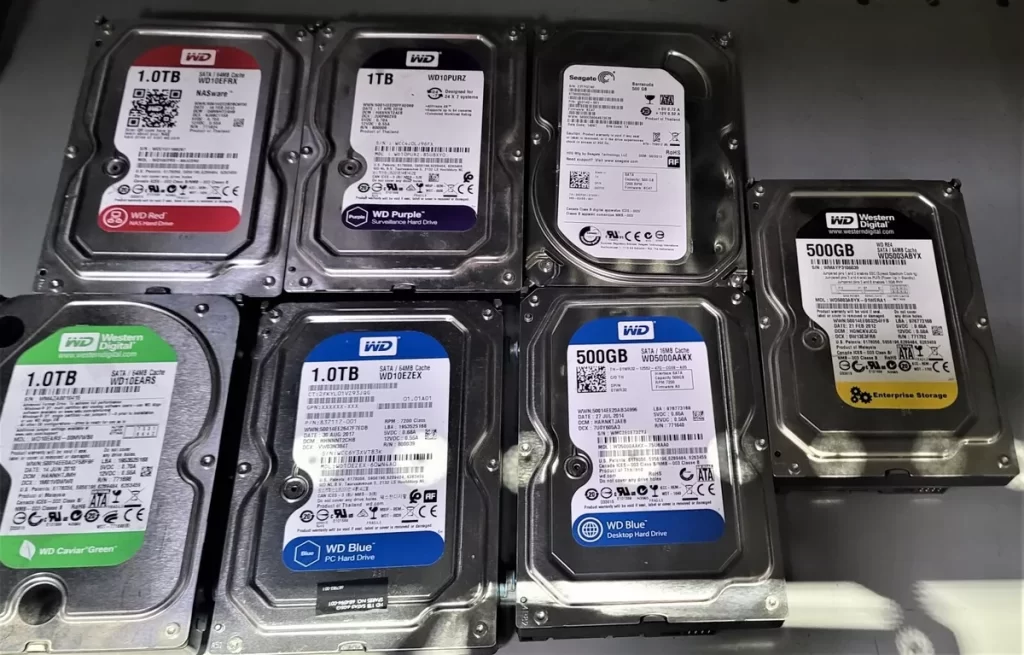
- Type: Choose between HDDs for cost-effective, large-capacity storage, SSDs for faster read/write speeds, or NVMe SSDs for even higher performance.
- Capacity: Ensure sufficient storage for your data and applications. Consider future growth when selecting capacity.
- RAID Configuration: RAID can provide redundancy and improve performance. Common configurations include RAID 1 (mirroring), RAID 5 (striping with parity), and RAID 10 (mirroring and striping).
4. Network Connectivity

- Bandwidth: Ensure the server has sufficient bandwidth for your expected traffic. Common options are 1Gbps, 10Gbps, or higher.
- Redundancy: Multiple network interfaces (NICs) can provide redundancy and load balancing.
5. Power Supply
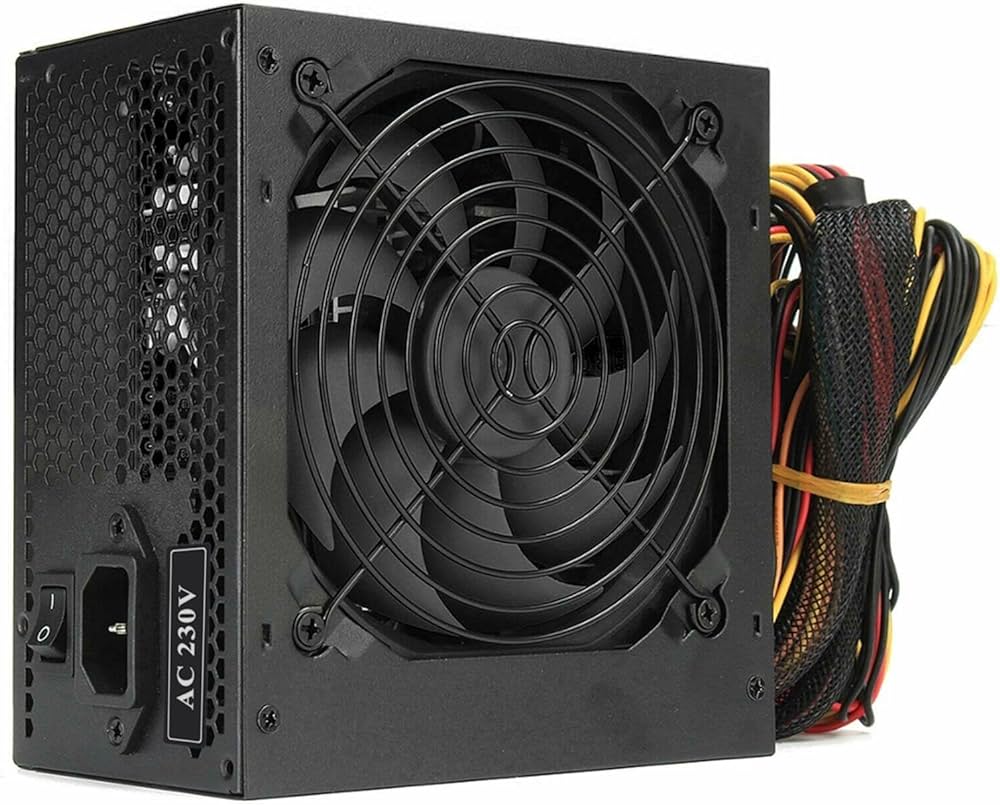
- Redundancy: Dual power supplies can provide backup in case one fails, increasing server reliability.
- Capacity: Ensure the power supply can handle the server’s full load, including potential future upgrades.
6. Hardware RAID Controllers

- Performance: A dedicated RAID controller can offload the RAID processing from the CPU, improving performance.
- Features: Look for features such as cache memory, battery backup, and support for different RAID levels.
7. Cooling System
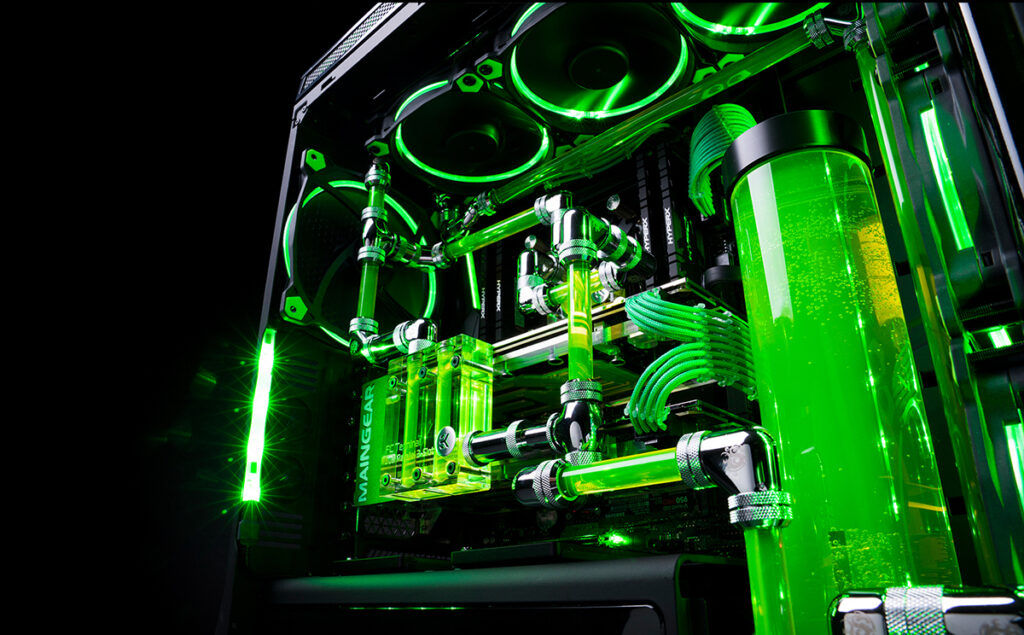
- Effective Cooling: Proper cooling is essential to maintain hardware performance and longevity. Ensure adequate airflow and consider liquid cooling for high-performance setups.
8. Expandability and Scalability
- Expansion Slots: Ensure there are enough PCIe slots for future upgrades, such as additional network cards or GPUs.
- Drive Bays: Consider the number of drive bays for adding more storage as needed.
9. Chassis Form Factor
- Rack-Mount vs. Tower: Rack-mount servers (e.g., 1U, 2U, etc.) are suitable for data centers and environments with multiple servers, while tower servers might be better for small businesses or standalone use.
10. Remote Management
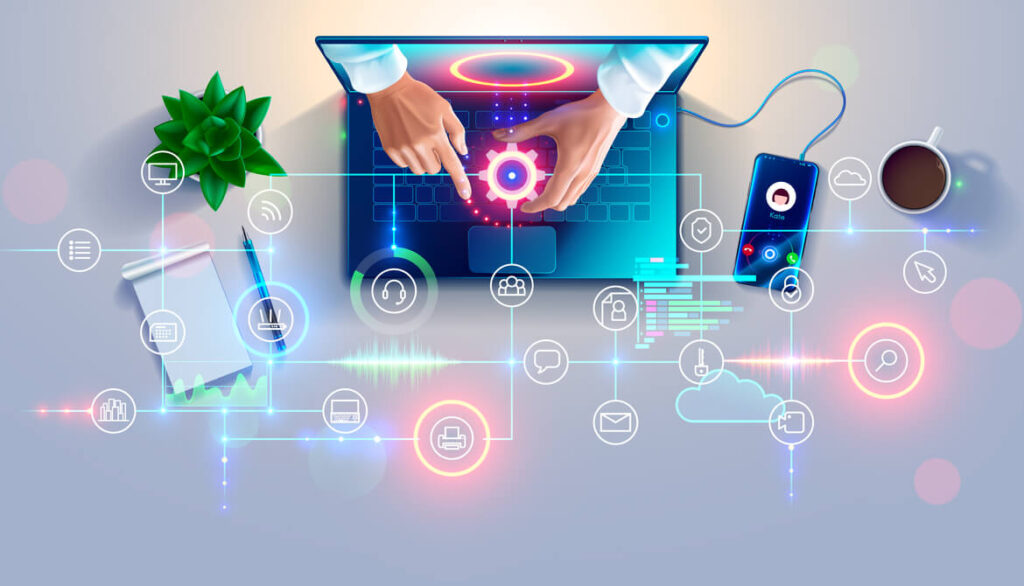
- IPMI / iDRAC / iLO: Remote management features allow for monitoring and managing the server remotely, which is crucial for minimizing downtime and addressing issues quickly.
11. Backup Solutions
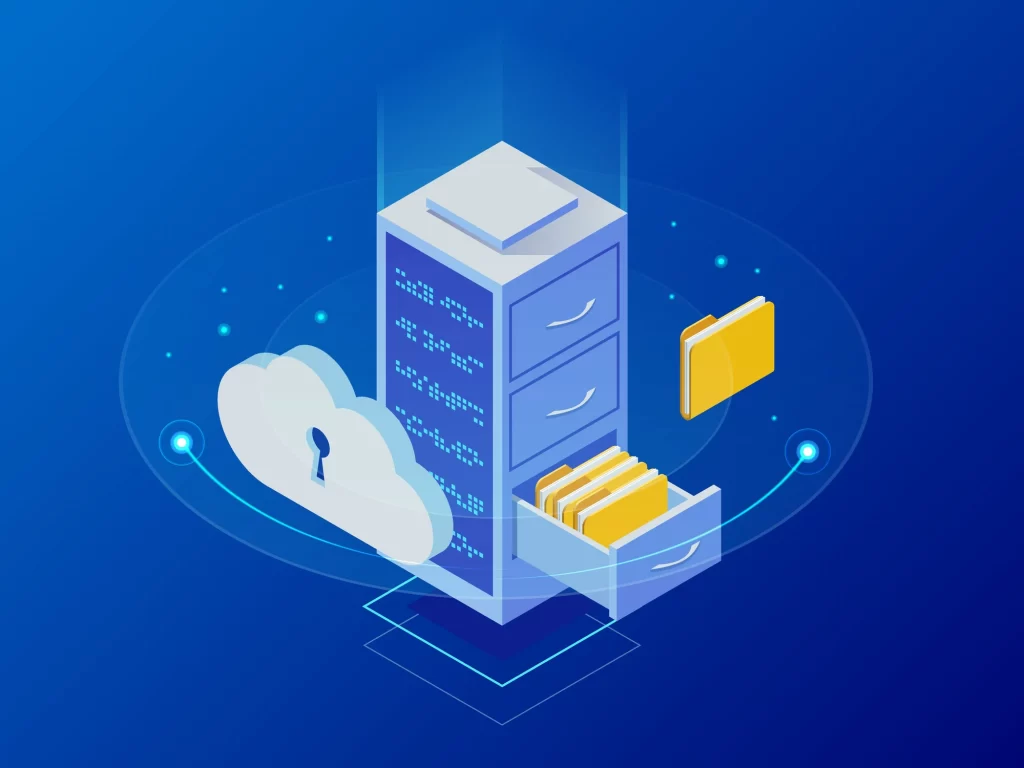
- Internal vs. External: Ensure there is a reliable backup solution in place, whether it’s an internal backup drive or an external NAS/SAN.
12. GPU (if applicable)
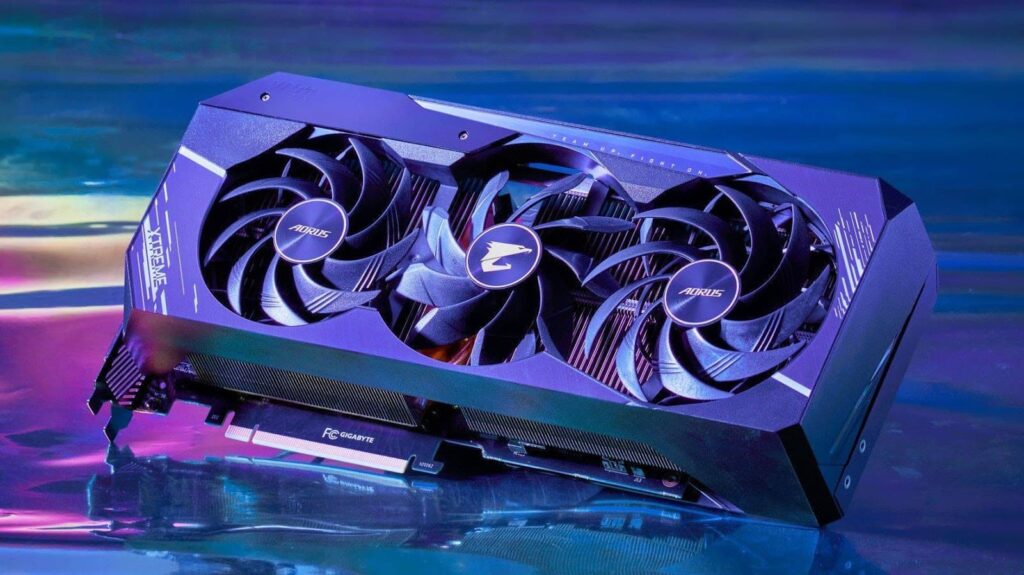
- Type and Number: For workloads requiring GPU acceleration, such as machine learning or video rendering, choose appropriate GPUs (e.g., NVIDIA Tesla, Quadro) and ensure the server supports them.
Summary
Selecting the right dedicated server hardware involves balancing current needs with potential future requirements. By considering the processor, memory, storage, network connectivity, power supply, and other key specifications, you can ensure your server will provide the necessary performance and reliability for your applications. Always consider redundancy and scalability to future-proof your investment.


